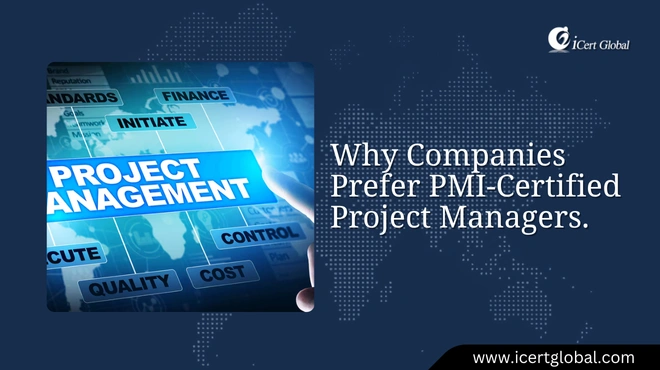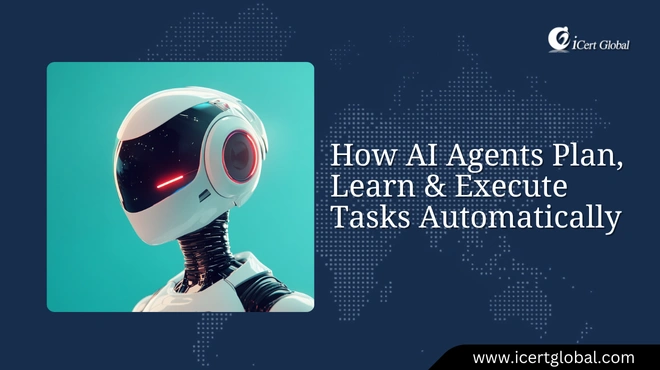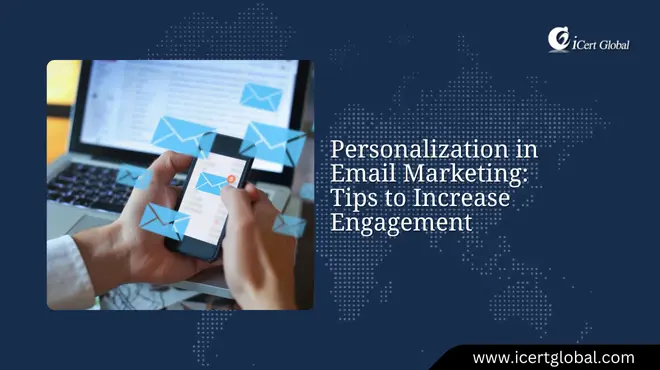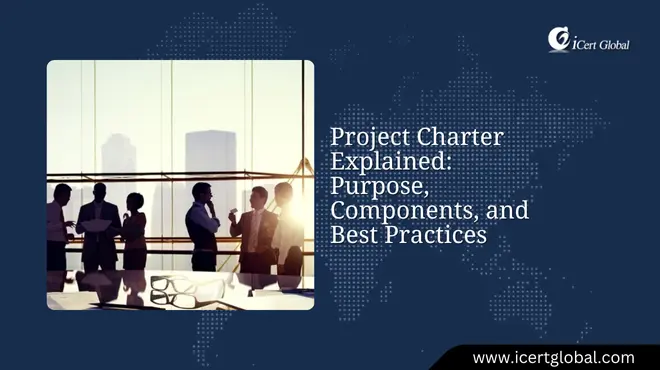Latest Articles
Get Found Fast: SEO Tips That Don’t Suck
Marketing made simple and SEO done right is a winning combo for growing your online presence.Researchers examined billio...
Why Everyone’s Talking About Google AI Right Now
From advanced language models to smarter automation, Google AI’s latest breakthroughs explain why it’s becom...
How SWOT Analysis Can Turn Weaknesses into Opportunities
Understanding weaknesses is just half the battle with SWOT analysis. The other half is turning them into opportunities f...
Why R Programming Is a Must-Know for Data Nerds
Interesting and surprising truth: Studies indicate that those organizations that make use of R programming for statistic...
Understanding Business Analytics: Definition, Key Processes, and Real-World Applications
Combining knowledge of business analytics with its real-world applications allows organizations to make informed decisio...
Personalization in Email Marketing: Tips to Increase Engagement
Effective digital marketing isn’t just about sending emails—it’s about sending the right emails to the...
How Artificial Intelligence Is Revolutionizing Robotics
Exploring the various types of artificial intelligence reveals how AI is transforming robotics, allowing machines to lea...
10 Simple Python Projects to Build Your Coding Confidence
Practicing Python consistently and exploring real-world examples can dramatically speed up your learning process.Recent ...
How Computer Vision Powers Autonomous Vehicles
Different types of artificial intelligence, from rule-based systems to machine learning, work together with computer vis...
Project Charter Explained: Purpose, Components, and Best Practices
Integrating a solid project charter with modern project management trends helps teams innovate without losing sight of o...
Best Penetration Testing Certifications for Cybersecurity Professionals
As network security continues to evolve, obtaining top penetration testing certifications empowers professionals to stay...
How to Build a Successful Affiliate Marketing Website
A clear grasp of online marketing essentials can transform an affiliate marketing website from just another page into a ...



.jpg)




.webp)

.webp)









